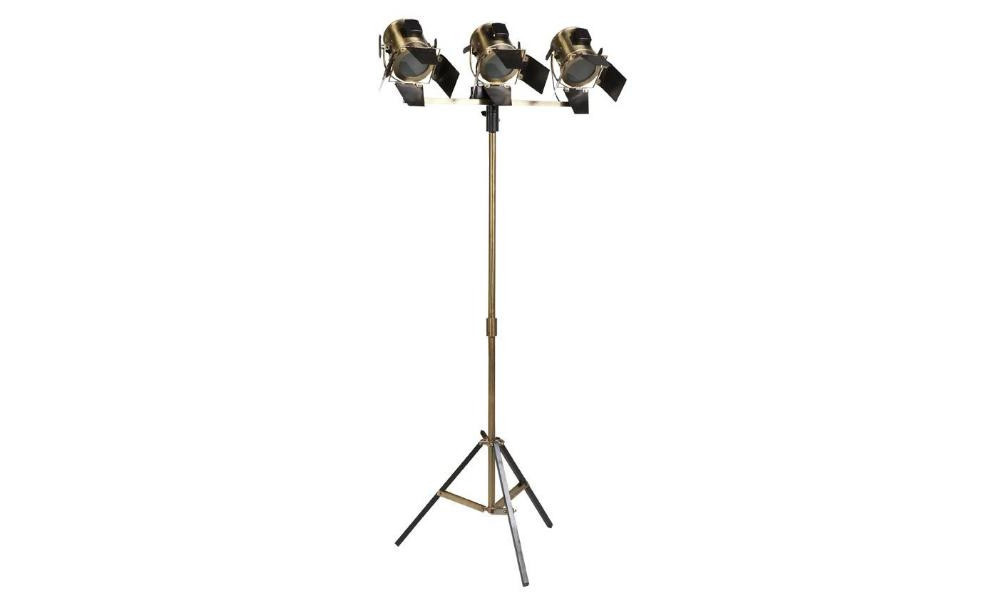“Lighting paints architecture. Choose the wrong lights and you’re not painting your home correctly,” explains Melbourne-based lighting and luminaire designer, Dean Phillips. Lighting controls mood and drama. “Lighting can affect your mood; it can make you content or uncomfortable,” says Dean, explaining the role these two elements play in the home. Use table lamps and floor lamps to help create dramatic moods. If you want to bring some extra mood into your home, choose a plant or a sculpture and focus a pin spotlight onto specific objects; this will cast a shadow, creating a dramatic dimensional effect. For the bathroom The best way to light up a bathroom is to have light directed both horizontally and vertically towards oneself. The majority of the light should come from a downlight, ideally placed above the basin and/or mirror. By adding wall lights on either side of the basin or mirror, any shadowing on the face should be minimised. For the kitchen A well-lit kitchen is essential. An easy way to achieve this would be to hang a linear pendant that gives out both direct and indirect light. This way you will have light shining downwards onto your working surface, as well as upward, creating soft, even lighting. To light cabinets and pantries in a sophisticated manner, you can use linear fluorescent lighting recessed into a pelmet as a hidden light source. For Dean, his style, and the way he designs and engineers his lights, comes from utilising classical elements and techniques, then combining them with contemporary technology.
For more information, contact Dean Phillips on 03 9419 4195 or visit www.deanphillips.com
Lighting offers great tips on what to do and what not to do when lighting your home A good lighting plan for your home entails: n Adequate general lighting n Continuity with the architectural integrity of the home n Originality and personality n Sufficient illumination over task areas n A clear location/positioning of light fittings n Including a creative use of energy efficiency into the lighting plan, using wall lights and suspensions in conjunction with fluorescent and LED lamps The most common errors made in residential lighting design include: n Overuse of downlights; light fittings should not only provide illumination, they should also be dramatic statements that reflect your personal style. n Poorly lit working zones n A common misconception is that recessed energy-saving downlights are the answer to lighting efficiently. Using downlights, whether halogen or energyefficient fluorescent, still jeopardises the thermal integrity of the ceiling. The more holes cut into your ceiling, the more heat will escape n Make sure the scale of your suspension suits the size of the space; a small suspension in a large room will often look inadequate
For more information, visit www.customlighting.com.au






